The 6 Biggest Myths About 1031 Exchanges (And the Truth Behind Them)
1031 exchanges are one of the most powerful tools real estate investors have for building wealth. But they’re also surrounded by myths and misinformation. Investors hear rumors from friends, read half-truths online, and sometimes even get bad advice from professionals who don’t specialize in this area.
As a realtor, you can set the record straight. By busting these myths, you position yourself as the go-to expert who helps clients avoid costly mistakes. This article exposes the six biggest myths about 1031 exchanges and explains the real rules so you can confidently guide your clients.
Myth #1: Only Commercial Properties Qualify
Many investors think 1031 exchanges are only for office buildings, shopping centers, or other large commercial properties. The truth: almost any real estate held for investment or business use can qualify.
Single-family rentals, apartment buildings, raw land, and even vacation rentals (if rented enough days per year) often meet the requirements. Primary residences do not qualify, but there are separate tax rules like Section 121 exclusions for those.
Myth #2: Like-Kind Means Exactly the Same
Investors hear the phrase ‘like-kind’ and assume they must exchange similar properties – a duplex for another duplex, for example. Not true. In the eyes of the IRS, all real estate in the United States is like-kind to all other U.S. real estate.
That means you can exchange a rental house for an apartment building, raw land for a shopping center, or a warehouse for single-family rentals. The key is that both the old and new properties are held for investment or business purposes, not personal use.
Myth #3: You Only Have 45 Days to Complete the Exchange
This myth causes a lot of unnecessary stress. The rule actually gives investors two separate timelines:
• 45 days to identify potential replacement properties.
• 180 days to close on one or more of those properties.
So yes, you must choose potential replacements within 45 days, but you have up to 180 days total to complete the exchange. That extra time can make a big difference in competitive markets.
Myth #4: You Must Use Every Penny or the Exchange Fails
Some investors believe they can’t take out any cash when doing a 1031 exchange. Not true. You can do a partial exchange – sometimes called ‘cash boot’ – where you take some money out and defer taxes on the rest.
For example, if you sell for $500,000 and reinvest $400,000, you pay taxes only on the $100,000 you kept. Partial exchanges give investors more flexibility when they need cash for other purposes.
Myth #5: 1031 Exchanges Are Too Complicated
It’s true that 1031 exchanges have strict rules, but that doesn’t mean they’re impossible. With a qualified intermediary, clear timelines, and good communication, the process is straightforward.
Realtors don’t need to be tax experts. They just need to know the basics and connect clients with the right professionals.
Myth #6: All Closings Must Happen on the Same Day
Some investors worry they must close the sale of their old property and the purchase of their new property on the same day. That’s rarely necessary. The IRS gives you up to 180 days after the sale to close on the replacement property.
This flexibility allows investors to sell first, then shop carefully for the right replacement property rather than rushing into a bad deal.
Case Study: Sarah Busts the Myths
Sarah owned a rental house worth $300,000. She wanted to upgrade to a fourplex but had heard she needed to close both deals on the same day and couldn’t take out any cash.
After talking with a realtor who understood 1031 exchanges, Sarah learned she had 180 days to close and could take $20,000 out for other investments while deferring taxes on the rest. She sold the house, bought the fourplex, and started earning four times the rental income – all while deferring taxes.
Step-by-Step Guide to a 1031 Exchange
- Step 1: Include a 1031 cooperation clause when listing the property.
- Step 2: Hire a Qualified Intermediary (QI) before closing the sale.
- Step 3: Close the sale. The QI holds the funds securely.
- Step 4: Identify potential replacement properties within 45 days.
- Step 5: Close on one or more replacements within 180 days.
- Step 6: Work with your QI and tax advisor to report the exchange properly.
Frequently Asked Questions
- Do vacation homes qualify for 1031 exchanges? (Sometimes, if rented enough days per year.)
- Can I exchange multiple properties for one larger property? (Yes, that’s allowed.)
- What if I can’t find a property in 45 days? (The exchange fails unless you meet the deadline.)
- Do I pay taxes when I eventually sell without another exchange? (Yes, unless you die first and your heirs get a step-up in basis.)
Pro Tips for Realtors
- Bust myths early when talking with clients.
- Use success stories to build confidence.
- Work closely with qualified intermediaries to simplify the process.
- Create timelines and checklists for every client.


